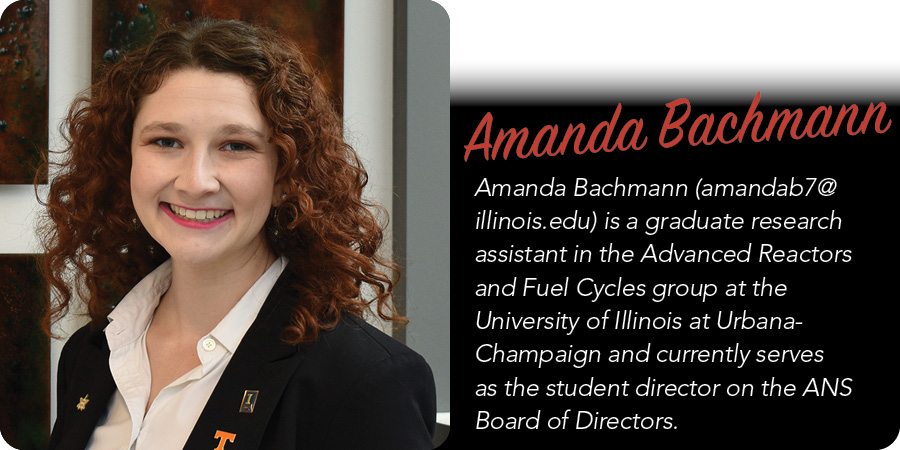Rory O’Sullivan, Moltex Energy’s chief executive officer, North America, speaks at the SNC-Lavalin/Moltex partnership announcement ceremony at CNA2022.
SNC-Lavalin and Moltex Energy are partnering to advance the development and deployment of small modular reactor technology in Canada, the companies announced last week at the Canadian Nuclear Association’s 2022 conference in Ottawa, Ontario. The partnership will support Moltex as it pursues the licensing and construction of its 300-MW Stable Salt Reactor–Wasteburner (SSR-W), a molten salt reactor that uses nuclear waste as fuel.
The Project Pele microreactor will be fueled by TRISO fuel particles like those shown here. (Photo: INL)
PPPL physicist Walter Guttenfelder with figures from the paper he coauthored with members of the NSTX-U team and 23 collaborative institutions worldwide. (Photo: Elle Starkman/PPPL Office of Communications. Collage: Kiran Sudarsanan)
According to the Department of Energy’s Princeton Plasma Physics Laboratory, recent simulations and analysis demonstrate that the design of its flagship fusion facility, the National Spherical Torus Experiment Upgrade (NSTX-U), which is currently under repair, could serve as a model for an economically attractive next-generation fusion pilot plant.
Rendition of a VOYGR plant layout. (Image: NuScale)
Universities are places where professionals, experts, and students come together to teach and learn, to conduct and disseminate research, and to dream and explore. Universities have a long history of technological innovation and development. It should therefore come as no surprise that institutes of higher education have been an integral part of the recent explosion of innovation within the advanced nuclear reactor community. Universities have not only powered workforce and technology development, but in a number of cases, they have served as the actual birthplaces of today’s advanced reactor designs.
NETS participants are credited with helping relaunch the nation’s domestic production of Pu-238 to fuel the Mars Perseverance rover. (Photo: NASA)
Connecting nuclear engineers and scientists with space exploration missions has been a focus of the American Nuclear Society’s Aerospace Nuclear Science and Technology Division since its creation in 2008. One of the main ways those connections are made is through the Nuclear and Emerging Technologies for Space (NETS) conference, which the division supports in conjunction with the National Aeronautics and Space Administration.


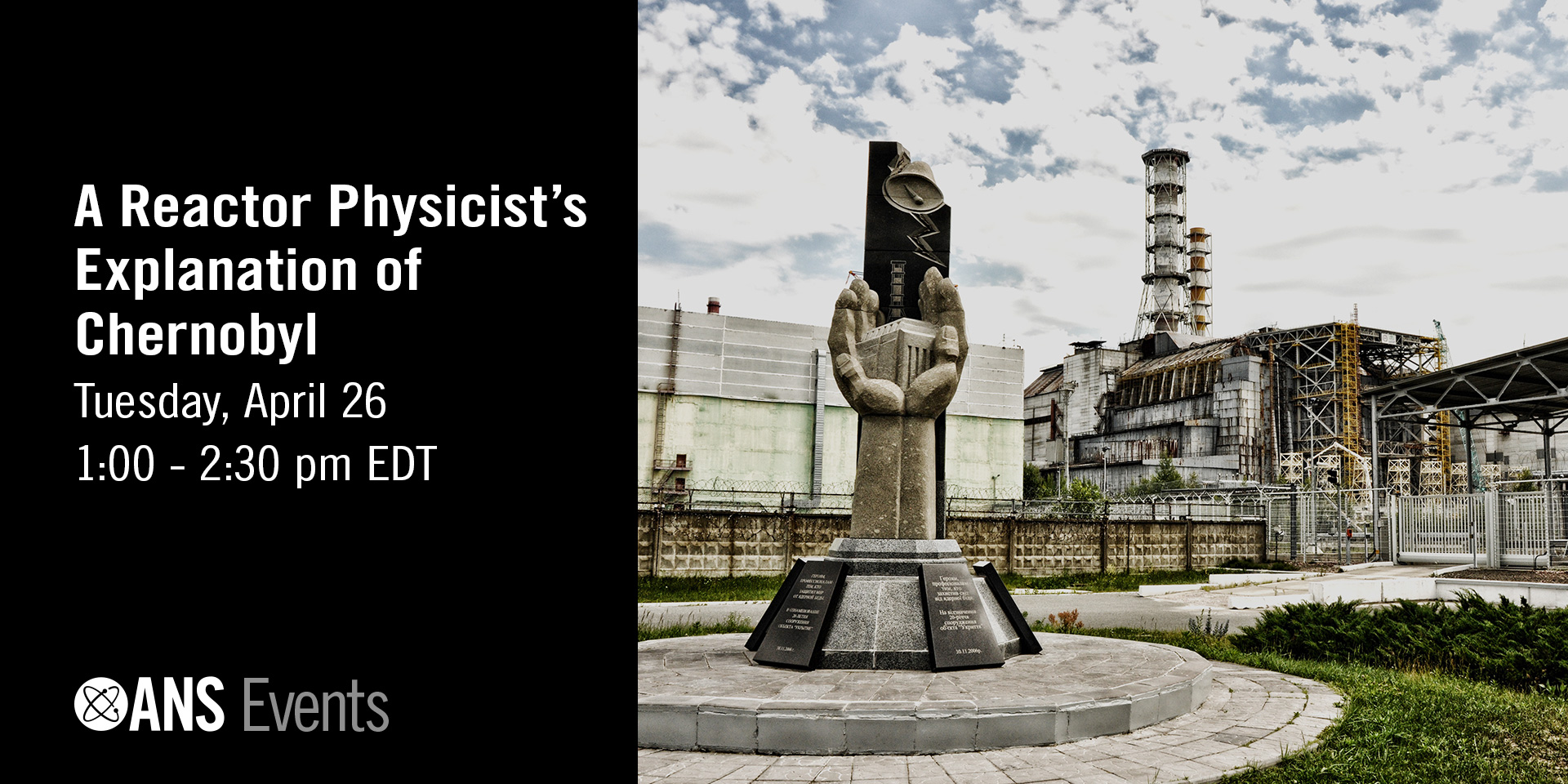

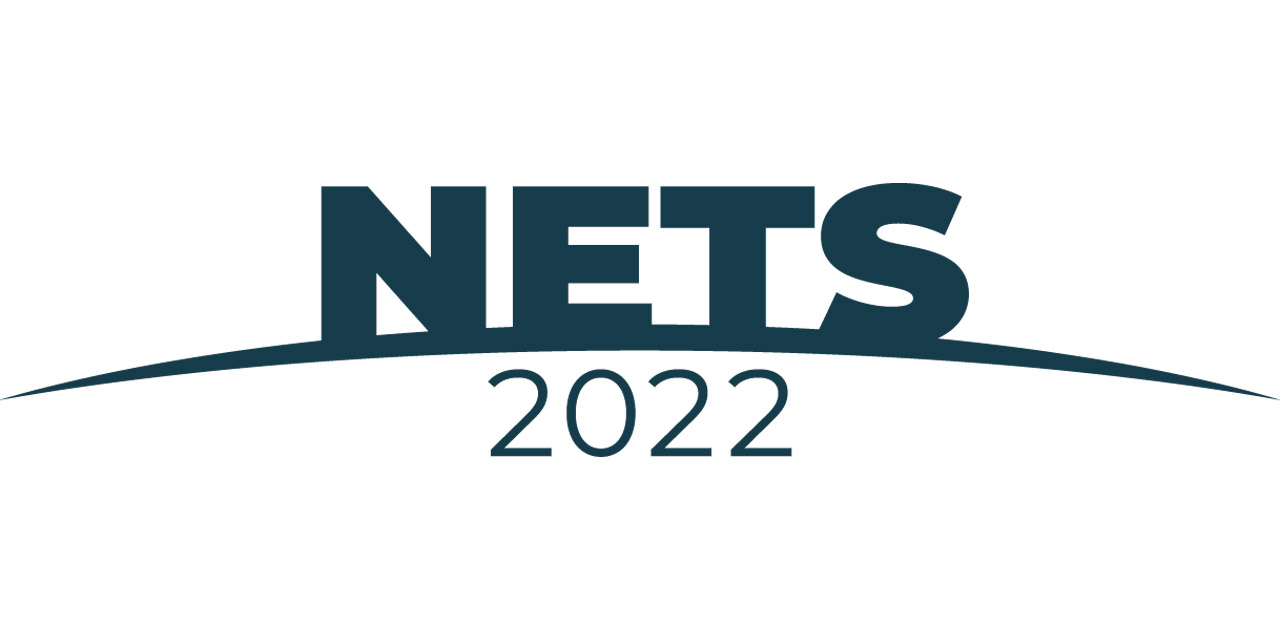
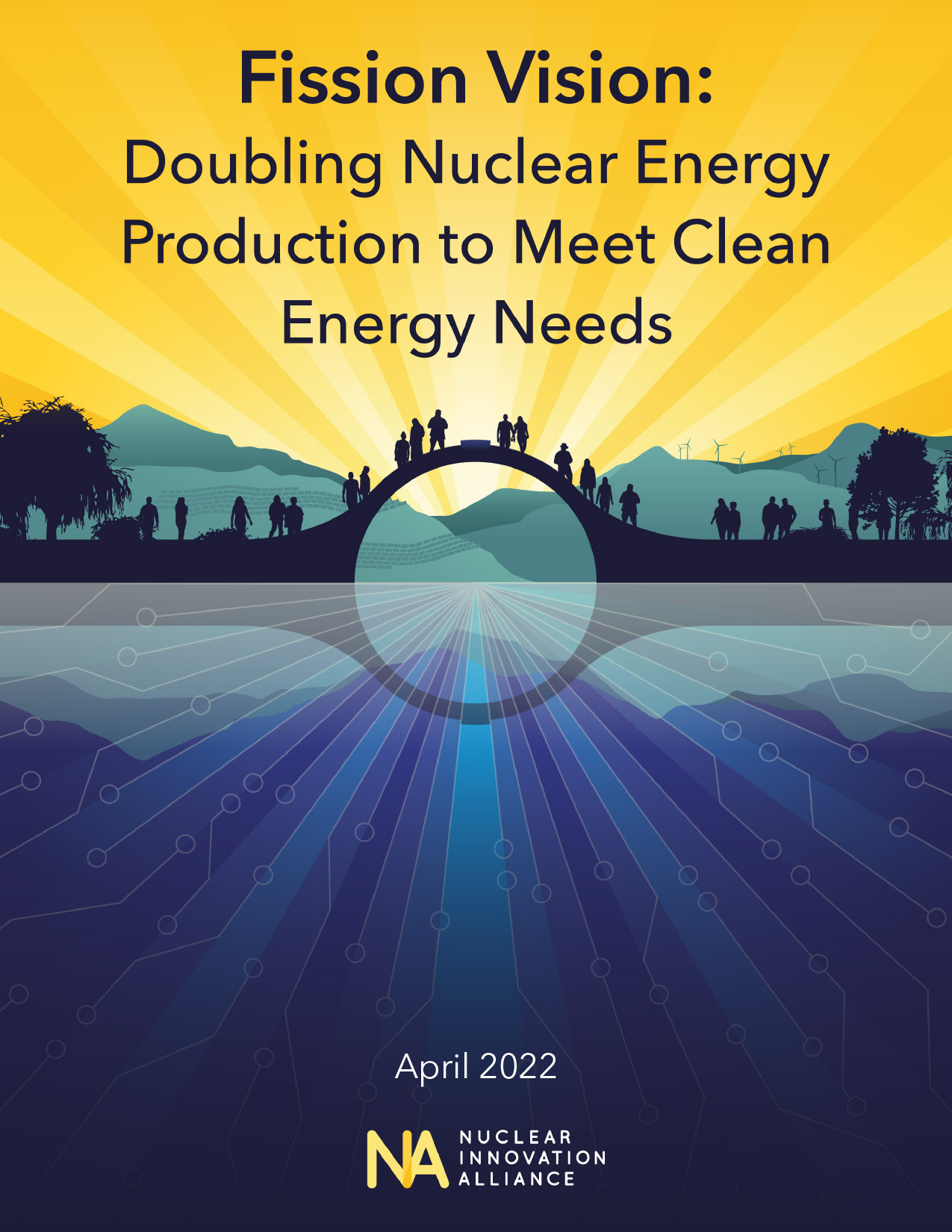 The Nuclear Innovation Alliance (NIA), a nonprofit advocating for advanced nuclear, has announced the publication of a new report,
The Nuclear Innovation Alliance (NIA), a nonprofit advocating for advanced nuclear, has announced the publication of a new report, 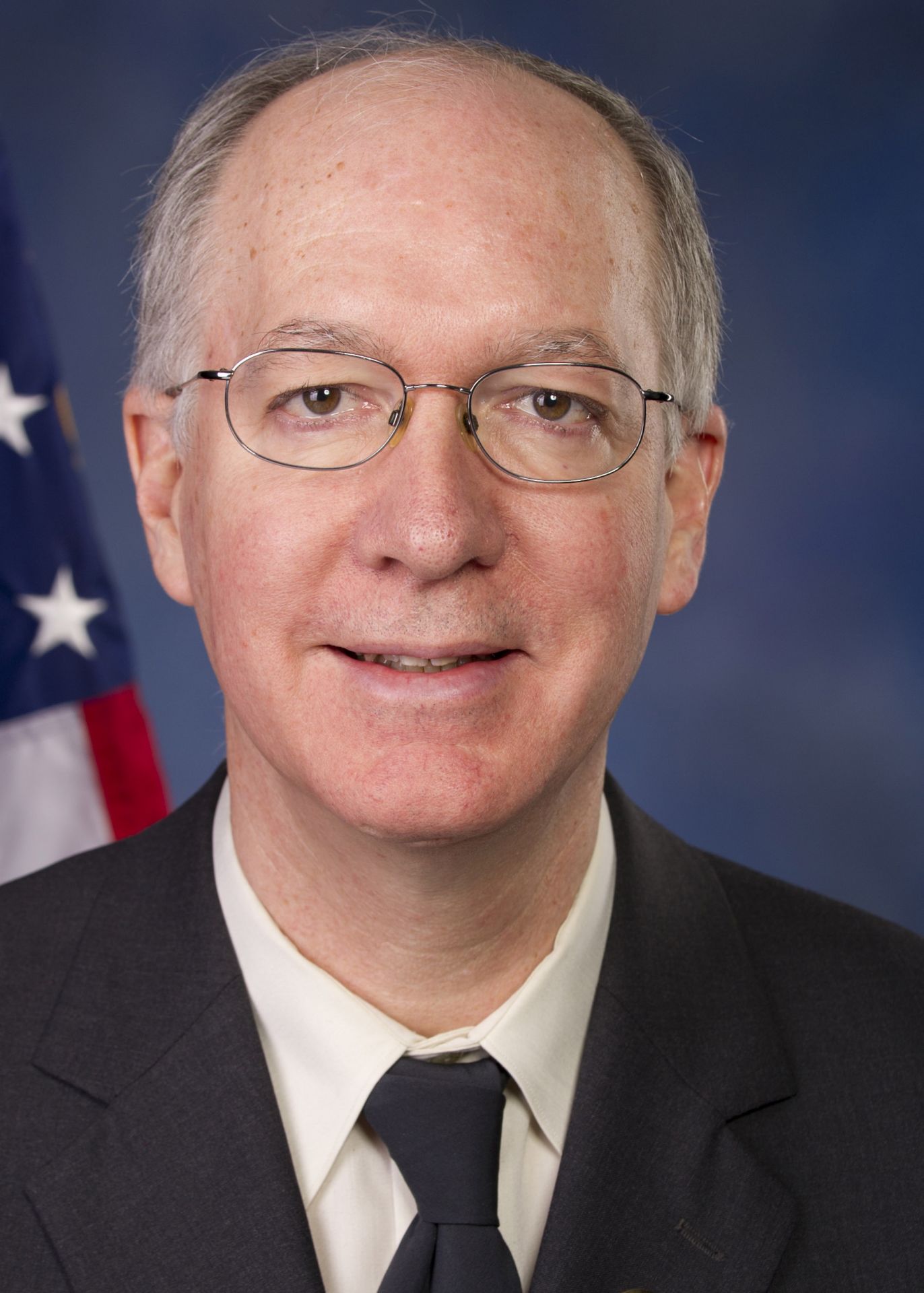

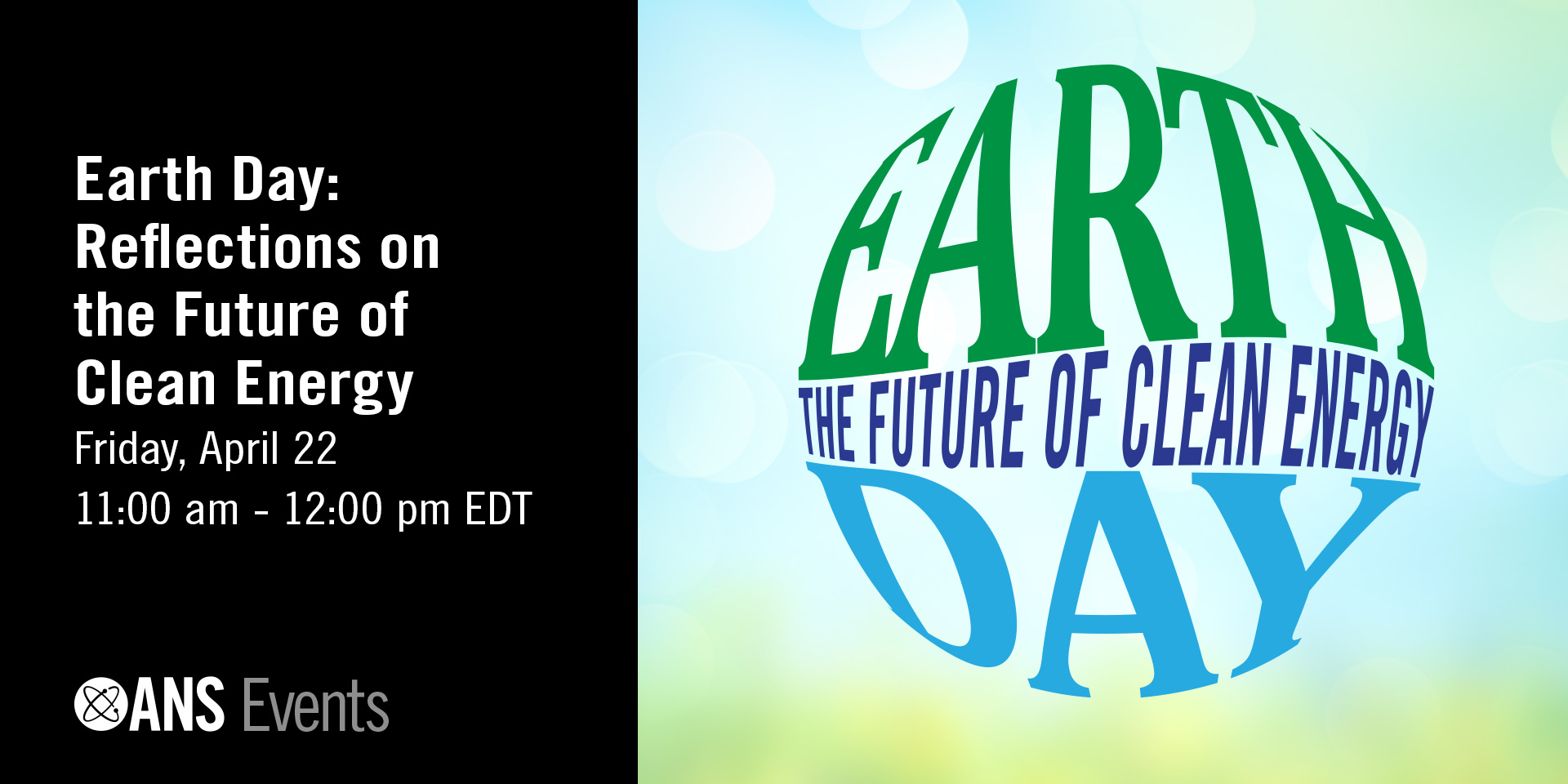
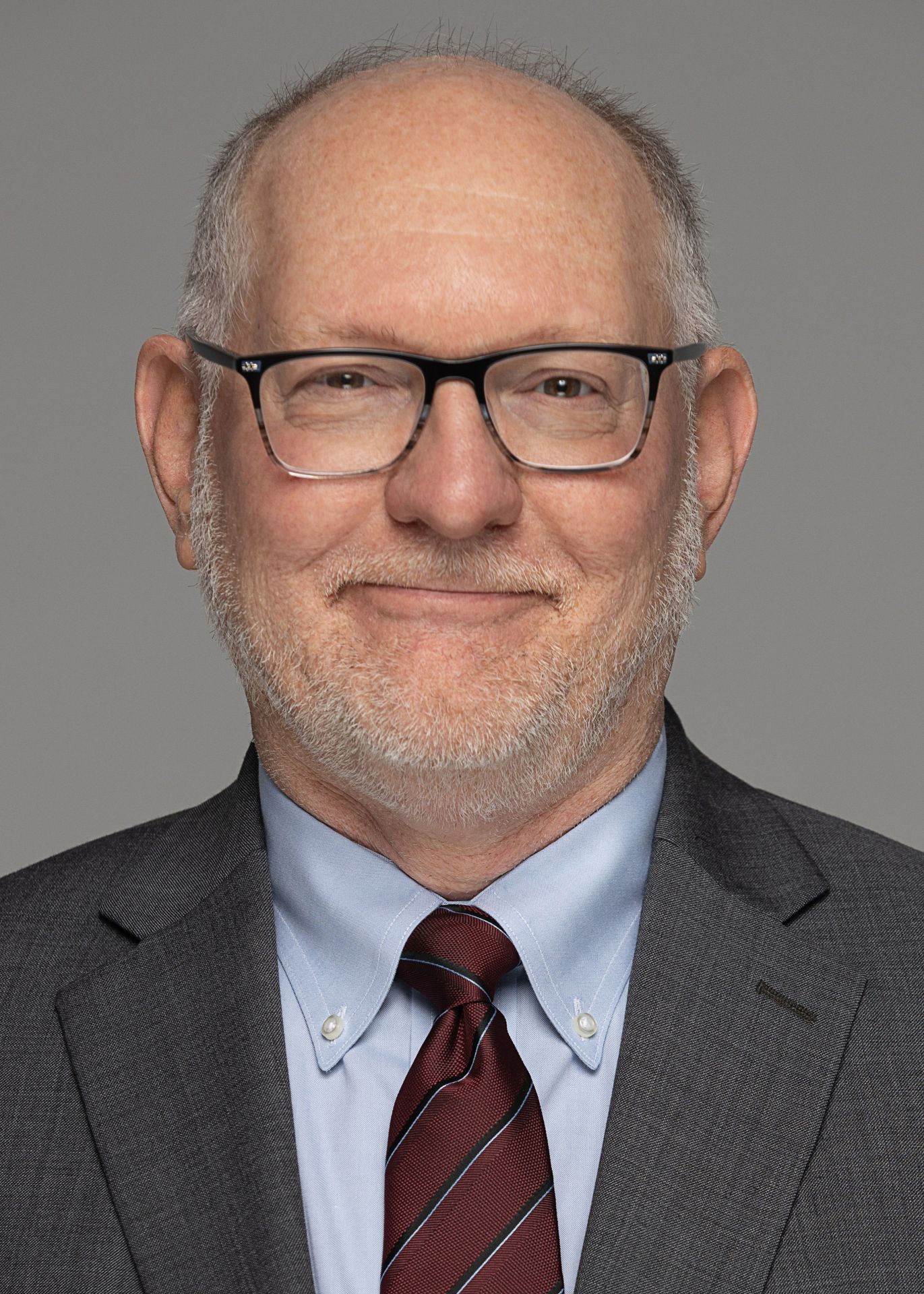

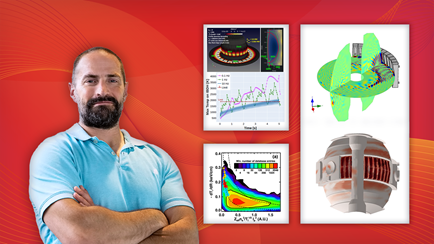
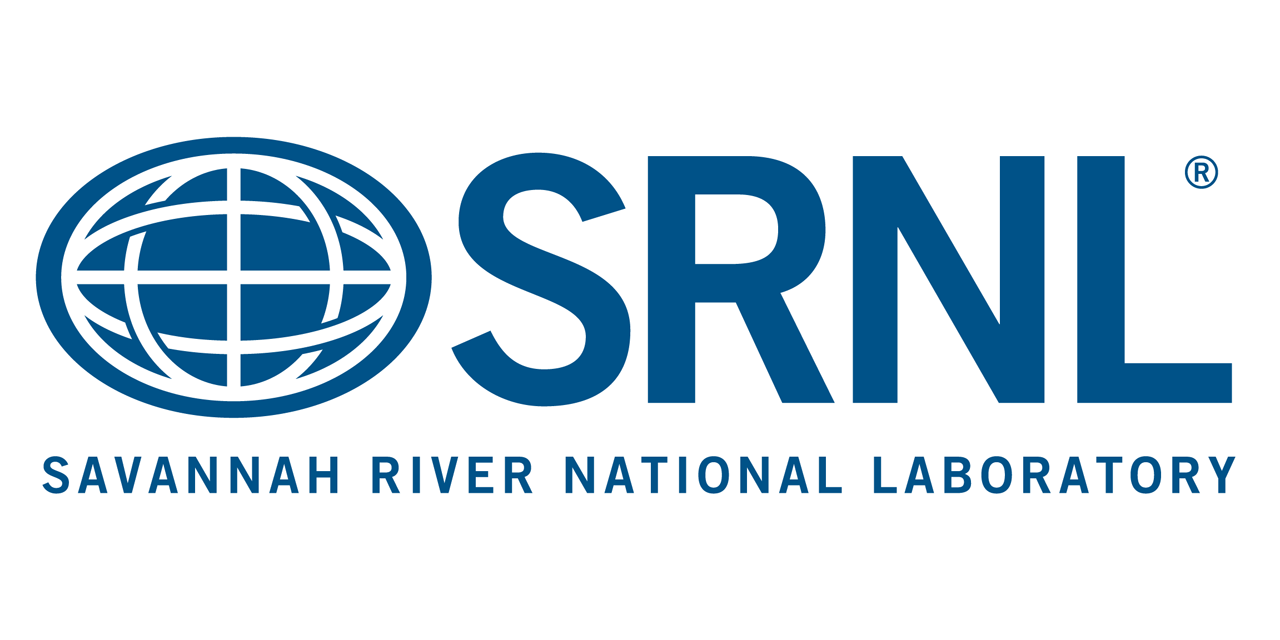
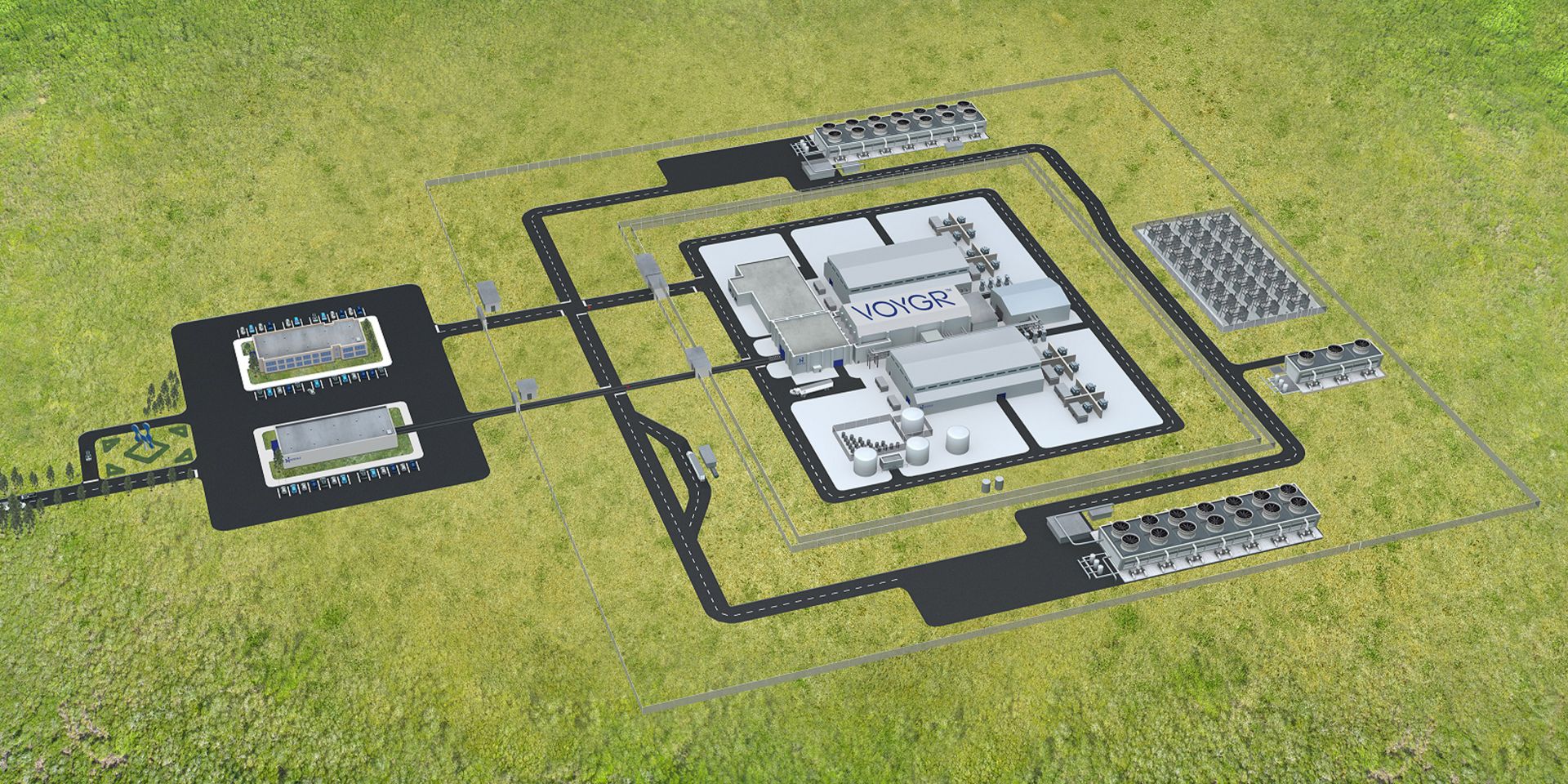

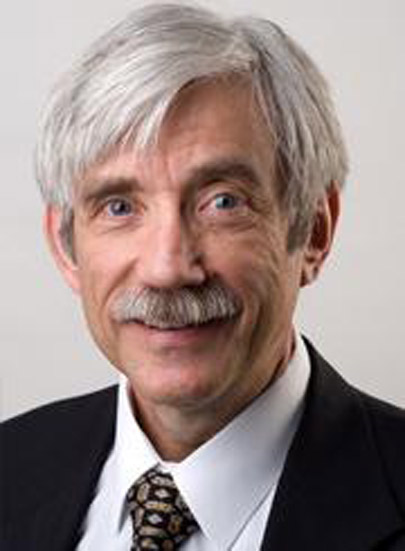
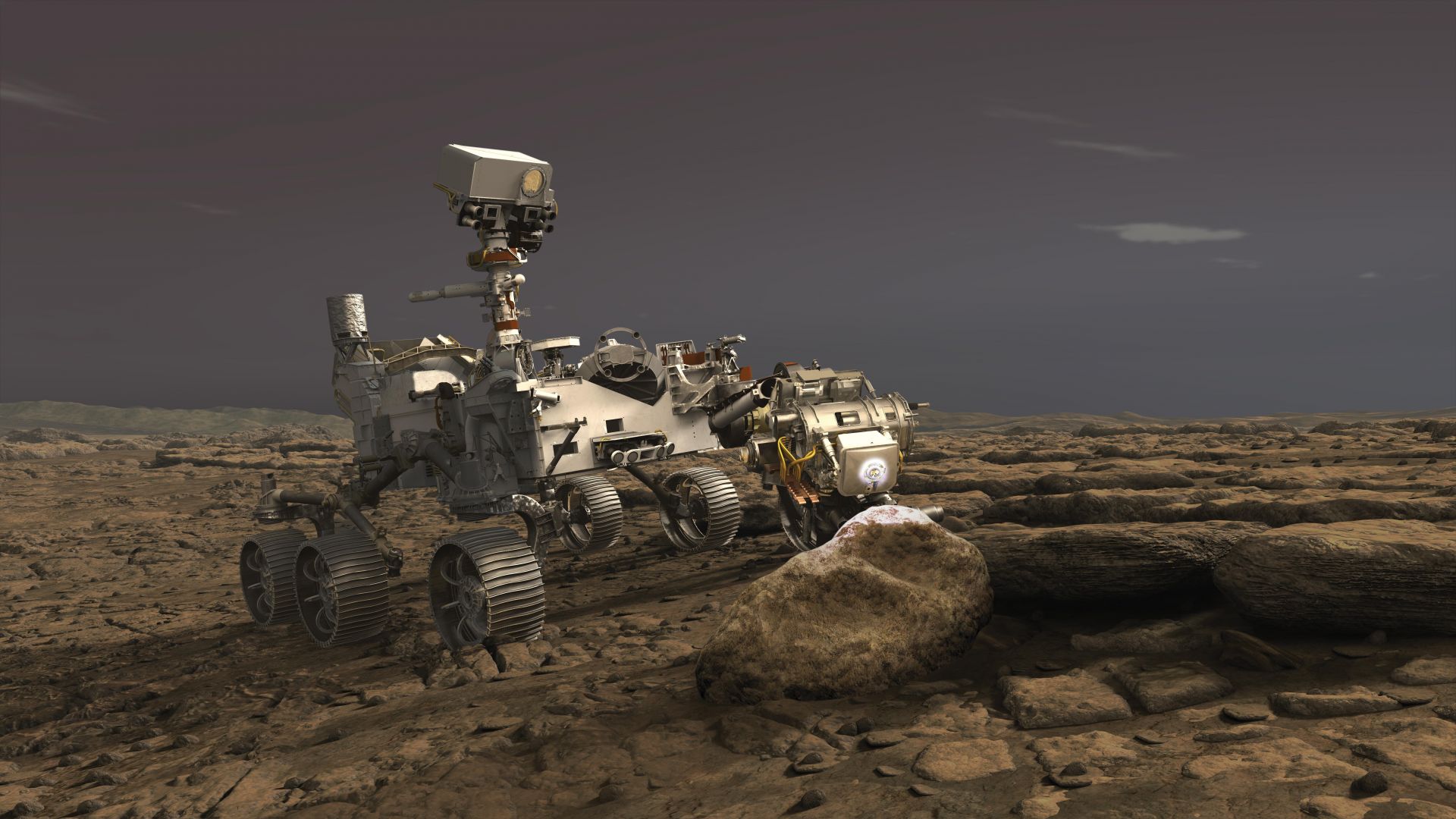
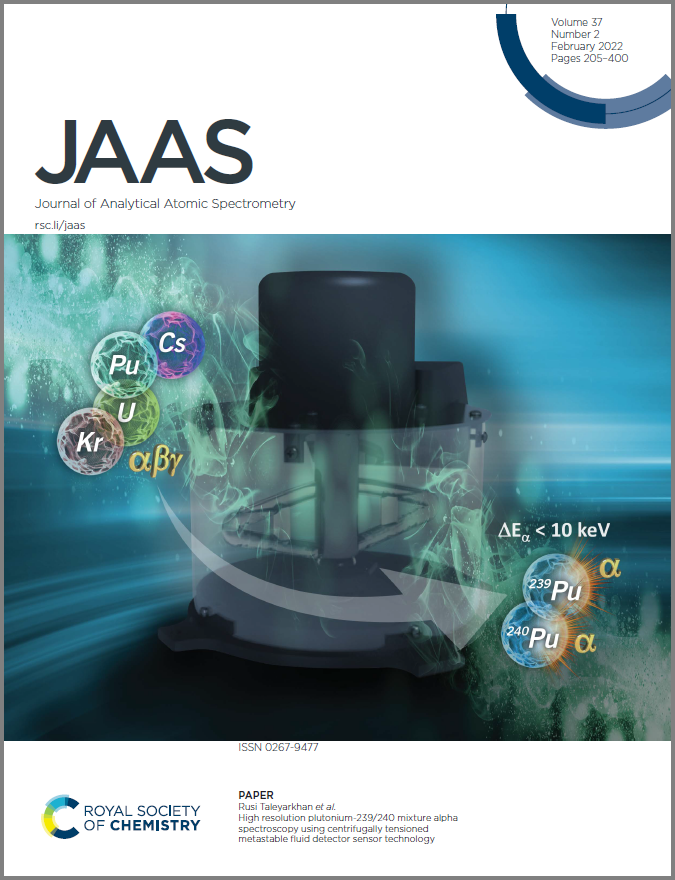 Research into the high-resolution detection of plutonium mixtures by Purdue University professor Rusi Taleyarkhan and his team was featured on the cover of the February issue of the Journal of Analytical Atomic Spectroscopy, published by the British Royal Society of Chemistry.
Research into the high-resolution detection of plutonium mixtures by Purdue University professor Rusi Taleyarkhan and his team was featured on the cover of the February issue of the Journal of Analytical Atomic Spectroscopy, published by the British Royal Society of Chemistry.